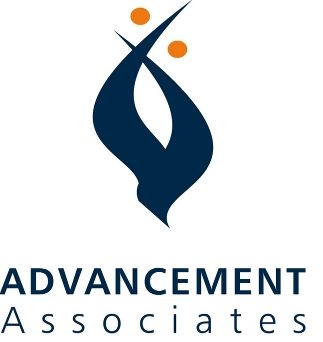Women have long served nonprofit organizations as volunteers. In the past 30 years, however, women’s philanthropy has emerged as a distinct movement to improve local, national and global communities. Today as women make strides in business, government and the nonprofit sector, they add treasure to time and talent in the list of contributions they offer.
A recent study published by Bank of America Merrill Lynch concludes that, “The power and influence of women in philanthropy may mean that some charitable organizations will need to adapt their messaging and strategies to appeal to women’s distinct charitable giving behaviors and motivations.”
This was the topic of a fall workshop presented at the Mennonite Foundation Development Conference by AAI Associate Becky Drumm. Drumm, who is well-acquainted with the current culture of women’s philanthropy says, “So much of what is stated [in the Merrill Lynch study] supports everything that I have found in both my working with women donors as a development officer and now when I talk with women philanthropists.”
She has noted that, all too often, development officers view women who become engaged by volunteering for a nonprofit as only that–volunteers. “When I suggest calling on these women, many development officers haven’t thought about it! They appreciate the work they do on behalf of the organization, but don’t see them as potential donors.”
For development officers wishing to better engage women in their organization, Drumm highly recommends The Transformative Power of Women’s Philanthropy by Martha A. Taylor and Sondra Shaw-Hardy (Jossey-Bass).
Through their efforts, the authors advise development officers to appeal to each of what they call “The Six Cs” of women’s motivations for giving:
1. Create – Women want to create new solutions to problems. Women like to be entrepreneurial with their philanthropy.
2. Change – Women give to make a difference. Women are less interested in providing unrestricted support to preserve the status quo of an organization or institution.
3. Connect – Women prefer to see the human face their gift affects. Women want to build a partnership with people connected with the projects they fund.
4. Commit – Women commit to organizations and institutions whose vision they share. Women often give to the organizations for which they have volunteered.
5. Collaborate – Women prefer to work with others as part of a larger effort. Women seek to avoid duplication, competition, and waste.
6. Celebrate – Women seek to celebrate their accomplishments, have fun together, and enjoy the deeper meaning and satisfaction of their philanthropy.
Here are several practical tips to help you build relationships with female stakeholders and engage them in your mission:
1. Highlight women in leadership positions or as individual major donors in your publications.
2. Understand women’s desire to help their children learn how to give. Invite women to involve their families in your events.
3. Identify new prospects for your organization by reviewing women’s donor records. Especially consider hidden prospects. For example, single women typically give more than married couples and single men when income and education are the same.
4. Create an advisory committee of women donors to review different women’s programs, ranging from women’s leadership councils to giving circles. Which model do they think will work best for your organization?
5. Understand how women think and communicate. Use gender-sensitive communication techniques when talking to women donors, especially during a gift discussion.
6. Connect women’s values to your programs by demonstrating how their gift will make a difference in one life or many lives.
7. Visit as many women as you do men.
8. Ask women for major gifts. Be sensitive to generational differences. Remember that planned gifts are still a preferred major gift for many women.
9. Properly steward and recognize a woman’s gift. Many women still want to remain anonymous. Encourage women to be public with their giving to inspire others.
10. Involve women when planning for and conducting capital campaigns, as both volunteer leaders and prospective major donors in your feasibility study.
11. Make sure you have women serving as staff and board members; women donors look to see what roles women currently hold in an organization.
